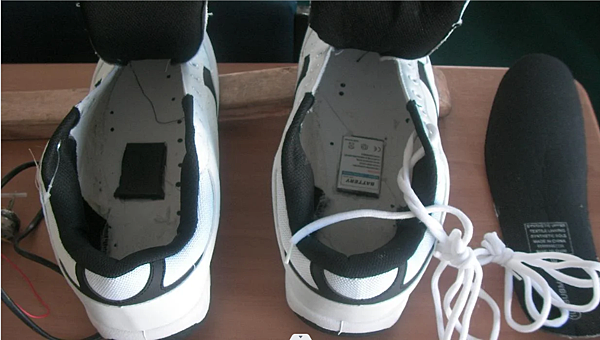Corrections has silently taken away all cellphone jammer from prisons.
The technology, which was brought in during 2008-09 to hinder inmates from using smuggled mobile phones, has amounted to a cost exceeding $17 million.
The use of jammers was discontinued in June after it was determined that they were causing interference with the newly implemented safety systems for prison guards.
In the wake of its implementation, Corrections Minister Phil Goff hailed cellphone blocking in New Zealand prisons as a momentous leap forward, ensuring that prisoners are unable to commit further offenses while behind bars.
Details recently acquired under the Official Information Act shed light on the number of cellphones seized from the 18 prisons operated by Corrections over the course of the past three years.
Between January 2020 and November of the current year, the Corrections staff came across 626 cellphones and over 750 cellphone-related items, which included batteries, chargers, and SIM cards.
When questioned about the reason behind inmates smuggling cellphones despite the existence of cellphone jammers, Neil Beales, the Corrections chief custodial officer, revealed that the jammers were taken out in June.
He mentioned that the jammers had been identified as a source of interference for newly introduced safety systems, particularly impacting the proper functioning of alarms designed to ensure the safety of corrections officers.

Advancements in cellular technology have made signal blockers more and more obsolete.
Beales clarified that the tool mentioned was merely one of several measures employed to combat the use of cellphones in prisons. He emphasized that there are still several other more effective tools that remain in place.
With their ability to detect a variety of metals found in cellphones, Cellsense devices provide a reliable solution. These devices not only offer screening and x-ray capabilities but also employ detection dogs to further enhance their metal detection capabilities.
Beale emphasized that a few inmates go to great lengths to introduce contraband into prisons, and we are constantly striving to stay ahead of the new methods used for smuggling contraband into our correctional facilities.
According to the spokesperson, Corrections has been actively researching new and emerging technology to supplement their existing systems. They have recently introduced the use of full body imaging technology at various locations to identify contraband that may be concealed on or inside a person's body.
The year 2018 marked the admission by Corrections of a communications blind spot near Rimutaka Prison caused by cellphone jamming technology, leading to the inability to track residents of a child sex offender unit situated outside the prison premises.
The use of cellphones by inmates can be a means to exert influence on individuals outside the prison, as well as to coordinate illicit activities such as drug deals. In May this year, nine prison employees at Rimutaka were suspended for alleged misconduct, which included the smuggling of cellphones into the prison.
Roger Brooking, a criminologist and drug and alcohol counsellor, has consistently criticized the allocation of funds towards jammers. Therefore, it is not surprising that Corrections has decided to discontinue their use, aligning with Brooking's concerns.
He remarked that their functionality is lacking and has never been operational.
As per the information provided by prisoners, they have discovered loopholes in the prison's signal jamming system. Consequently, inmates have been able to make unauthorized phone calls for activities like drug deals or staying in contact with their relatives.


 留言列表
留言列表


